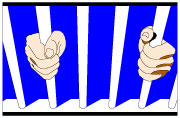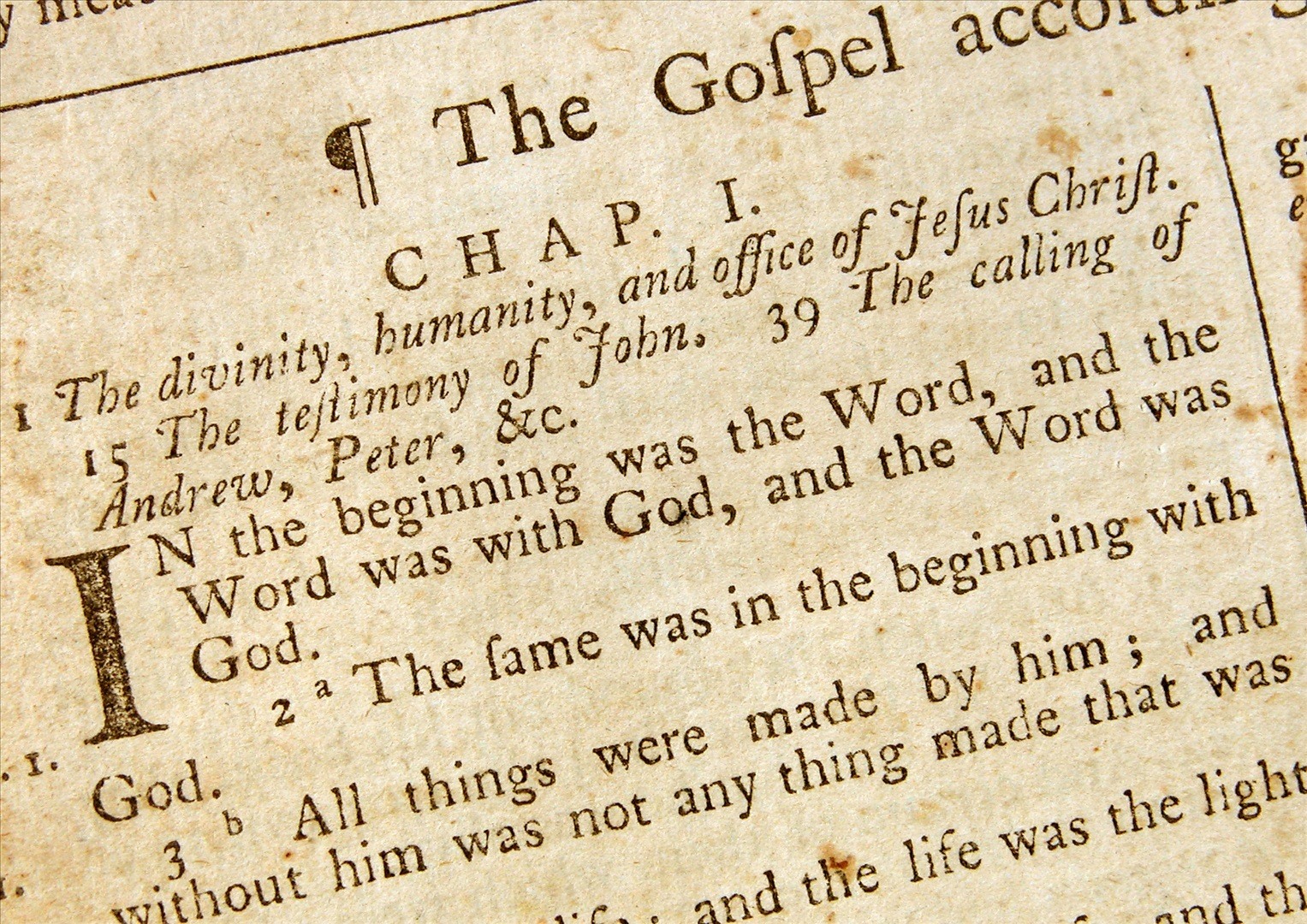“Everyone who does evil hates the light, and will not come into the light for fear that their deeds will be exposed.” John 3:20
Let’s face it, Joe Dirtbag and his buddies do most of their evil deeds in the dark. If some of the things we’re preparing for start happening, like blackouts, civil unrest or even TEOTWAWKI Joe Dirtbag is going to have a lot more buddies. One thing we can use as a force multiplier is night vision, it can give us the ability to see the Dirtbag gang and the evil deeds they wish to inflict. For those that don’t know what a force multiplier is, one definition is:
“A capability that, when added to and employed by a combat force, significantly increases the combat potential of that force and thus enhances the probability of successful mission accomplishment.”
I don’t own any night vision equipment, but it is on my wish list. I also only have a novices’ understanding of night vision gear. If I don’t use the technical terms in this article it is because they don’t mean anything to me. I’ll put things in terms that are more understandable for novices.
Methods of Night Vision
There are three methods of night vision; passive, active and thermal.
Passive
Passive night vision takes in the ambient light in the user’s general area, this light is then magnified several times. The color green is used to display the images.
Active
Instead of relying on natural light, an infrared light source is emitted and the reflection of that light is used to create an image. Active night vision can give a higher resolution than passive. Because the infrared light can give away the position of the wearer, the US military does not use them.
Thermal Imaging Night Vision
Thermal imaging does not use light, it relies on thermal radiation. Every object emits thermal radiation based on its temperature. The hotter an object the more thermal radiation it emits.
Night Vision Devices
There are basically four types of night vision, each with pluses and minuses. They are: monocular, goggle, binocular and scopes. I say “basically” because there are some hybrids available, but for a primer on the subject for us novices, let’s stick to the basics.
Night Vision Monoculars
This unit offers night vision to a single eye without magnification. These units are often small and some of the newer generations can be mounted to a rifle scope or spotting scope. They can be head mounted as well. One benefit is that, since one eye is not looking through the lens, you have more situational awareness. Another plus is that you can switch back and forth between eyes when one grows tired.
Night Vision Goggles
Night Vision goggles are often head mounted. They provide viewing for both eyes with no magnification. This is done either by both eyes sharing one image tube or by each eye having its own image tube. The goggles with two image tubes provide each eye its own image instead of them sharing the same image from one tube. This allows for better depth perception. Some models come with a head piece of sorts, while others require a helmet to attach to. The down side can be the added weight of goggles themselves and the helmet if one is needed.
Night Vision Binoculars
These are essentially just what it sounds like; binoculars with night vision. Due to weight they are not head mounted. They are primarily designed for long distance nighttime viewing while standing stationary. The generations will be covered in more detail below, but gen 1 optics don’t illuminate at great distances. Because of this, adding magnification to a gen 1 device will cause the image to be dimmer. A gen 3-4 device offers plenty of illumination.
Night Vision Scopes
There are two types of night vision scopes. The first is larger and heavier than a normal scope and attaches to a rifle in the same manner as a regular scope. The second either attaches to or in front of a regular scope, sort of like the monocular. I don’t mind the monocular version, but the scope that offers night vision makes me uncomfortable. If you cannot detach it and must point your rifle to view things you’re breaking one of the safety rules; “Do not point at anything you are not willing to destroy”.
Generations
Instead of getting into the technical aspects of the difference between the generations of night vision, I will mention what they mean to the consumer.
Gen 1
This is the oldest and, by far, the most affordable. Depending on the night, they have a range of 75 yards. The resolution is poorer than and not as bright as newer generations. They only operate in active mode and, therefore, make you easy to see by others with night vision. Bright light can cause distortion called “blooming” easier than newer generations. Shorter life expectancy, only roughly 1500 hours.
Gen 2
Gen 1 has been around since the 1960’s, so generation 2 is a big step up. Viewable distance is out to roughly 200 yards with higher resolution. Passive mode can be used, and gen 2 is less susceptible to blooming. Life expectancy is roughly three times as long as gen 1. There are several types of Gen 2, some much better than others.
Gen 3
Gen 3 is considered the gold standard of night vision and is what the military is currently using. Gen 3 offers the best resolution and is usable out to 300 yards, depending on the model and night conditions. Gen three also operates in passive mode. Life expectancy is 10,000+ hours.
Gen 4
Gen 4 is equivalent or better than most gen 3. However, I have read that gen 4 is more prone to failures due to the technology it uses.
For those of you who want the more technical terms, you can find that information here. There are also visual examples of the differences between all four generations.
Below is a very ballpark estimate on prices for the various generations of night vision.
gen 1 $200-$1,000
gen 2 $1,500- $3,500
gen 3 $3,000- $10,000
gen 4 $5,000-$10,000+
Final Thoughts
As you can see, there is a lot of data to take into consideration. Once you’ve figured out your desired generation, whether you want monocular, goggle, binocular or scope, you then get to look at all of the differences between models.
I really think night vision is a prep everyone should have on their list. For many of us it may always stay there. I think, if you can afford it, you should buy as much as your budget will allow. While I would personally love a gen 3 monocular, I’ll work toward a gen 1 and still have a leg up on the vast majority of the dirtbag gang.
One final note; the owner of Ready Made Resources let me know they are having a sale through July on the PVS-14 3RD GEN with a free weapon mount and shutter eye relief.
They are gen 3, so they are expensive, but I did a bit of searching and this price is hundreds cheaper than other stores. If you can afford it and are in the market, this is a good price!
If you liked this article please think about sharing it on the social media listed below, thanks!







